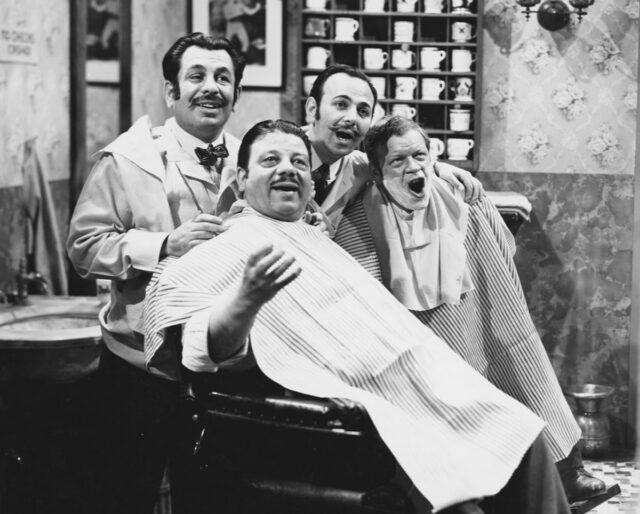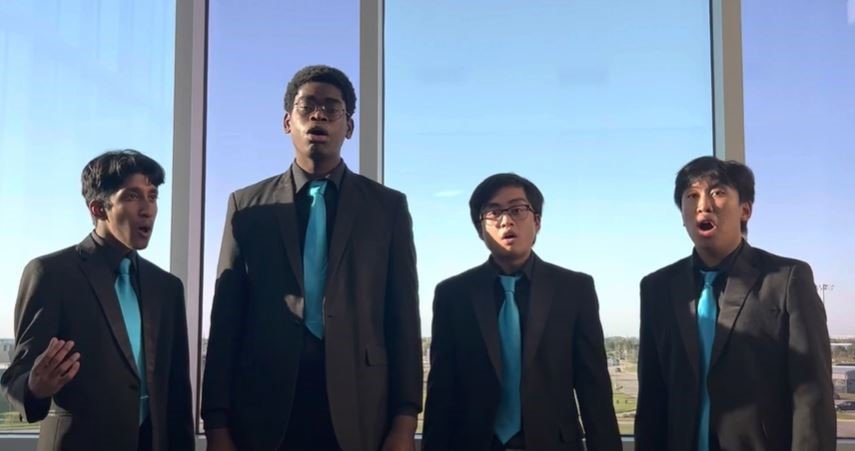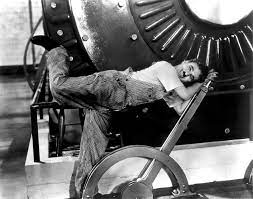
How to Improve Sight-Reading Skills
How to improve sight-reading skills An Introduction to Sight-Reading What exactly is sight-reading? Sight-reading is the ability to look at a sheet music chart and sing it for the first
Perfect pitch is the ability of a singer to identify a note when hearing it without using a reference note or seeing the key played on a piano. Perfect pitch also means that a singer can sing a specific named note perfectly in tune when requested. Hence the reason why it’s called perfect pitch.
It is possible for a singer to learn notes well enough to train their ear to have perfect pitch. In other words, it can be a learned skill that one can acquire with enough practice. It is not necessarily an ability that someone has to be born with or learned during childhood. It is a well known fact that famous classical musicians like Mozart, Beethoven, and Bach all had perfect pitch.
That being said, a relatively small number of singers have perfect pitch. According to various sources, it’s been believed that only one in 10,000 people (that’s .01%) are thought to have it. However, research by the University of Chicago suggests that a combination of musical training, auditory memory, and perceptual attention can help some singers learn perfect pitch. A recent review suggests that as many as 4% of music students have the ability.
A singer’s capacity to learn absolute or perfect pitch will be influenced by their genetics, environment, and neurology. Abilities such as comprehension of written and spoken languages can help. One could even argue that technical abilities like programming could also be beneficial. A background in music theory, technical musical skills, and sounds can impact the ability of a singer to learn to reproduce specific sounds. Lastly, the more one practices with tuning tools like TE Tuner the more you can develop the ability to recreate notes perfectly in tune. If someone needs a reference note to get the pitch correct then they are using relative pitch instead.
Absolute pitch is simply another term for perfect pitch. Therefore, the term absolute pitch can be used interchangeably with perfect pitch.
Relative pitch is the ability of a singer to hear and identify notes but only when they can use other notes in reference to the note played. As we mention in Relative Pitch, close harmony singing requires singers to be able to adjust their pitches in order to have better matching harmonics. It is much more common for musicians to develop relative pitch instead of perfect pitch.
Musicians that have developed relative pitch and people that have perfect pitch can both play music “by ear”. Meaning that they can produce music simply by hearing it. People that have perfect pitch don’t necessarily need to hear a note to either identify or sing it. It is the repetition of hearing and/or singing the same notes numerous times and knowing the particular note being played or sung is the key to developing relative pitch. It is more common for singers to develop relative pitch than it is to find people that have perfect pitch.
It is possible for adults to work on ear training. In other words, using techniques and practice to train their ears and brains to develop perfect pitch but it’s a much harder skill to develop than relative pitch. One must be able to exactly reproduce a given note perfectly in tune without having to make adjustments to be considered to have perfect pitch. Matching pitches or using a reference note is easier than learning the exact pitch of every note that a singer might need to sing. It’s certainly possible but impractical. This is where scales and solfege come into play.
A scale is a pattern of notes either ascending or descending that spans one entire octave. Scales are built using a combination of half-steps and whole-steps. They can have different amounts of notes but the most typical have 7 or 8 notes in them. Some scales may have 5, 6, or more. Major scales consist of 7 notes. Because scales use the concept of half-steps and whole-steps, every type of scale can have 12 possible starting notes (see our article on Music Theory to see the notes on either the G Clef or the F Clef).
Solfege is a technique analogous with the concept of scales. Singing the solfege syllables of do, re, mi, fa, so, la, ti, do provides the reference singers need to be able to identify the note in question. In other words, this technique helps them use the concept of relative pitch to determine what note may need to be sung. Singers commonly use a combination of different solfege drills to help them acquire this skill.
The most common method of using relative pitch is to use either a pitch pipe or TE Tuner to blow the pitch related to the key of the music being practiced, rehearsed, or performed. A singer can then walk up or down the solfege syllables using the pitch they heard to find their note.
Even those with perfect pitch can be deceived into believing that a particular note is in tune when it isn’t. This happens in music where the pitch gradually goes out of tune during the length of the piece performed. This does in fact (and unfortunately) happen in Barbershop Choruses like the Houston Tidelanders as well as high performing Quartets.
The trick is for singers to try to “pitch up” and sing slightly on the sharp side of a note so that by the time they complete a given piece of music they’re either in tune or they’re only a little flat. When singers pay no attention at all to tuning, it’s easy for them to go as much as a half or even an entire whole step out of tune. This technique is necessary to stay in or close to being in tune. As we previously mentioned, it’s common in Barbershop singing to have one singer adjust the pitch to get even closer harmonics. The technique we discussed in our Part I article on Relative Pitch illustrated not only the technical and mathematical aspects of singing in harmony but also using harmonics to produce overtones.
Here’s a great YouTube video by Rick Beato on the subject for your viewing pleasure Perfect Pitch vs. Relative Pitch: Which is More Important? In the video, he talks about and provides examples of both composers and performers and then has two children (yes, children) illustrate both concepts.

How to improve sight-reading skills An Introduction to Sight-Reading What exactly is sight-reading? Sight-reading is the ability to look at a sheet music chart and sing it for the first

Generally in most years, the SWD sponsors an annual Chorus and Quartet competition. The exception is the pandemic year we experienced due to Covid-19. There was no competition during the pandemic. The BHS recent resumed chorus competitions in 2022.

The Tidelanders excitedly sponsored our first singing competition. We promoted the contest to over 200 high schools in Harris and Fort Bend counties in Texas. We announced two winners (Men’s and Women’s) mid-April. We are looking forward to planning a bigger contest next year.

The Houston Tidelanders Chorus is pleased that we were able to perform for Clear Lake audiences once again! We’ve been performing in the Clear Lake area for about 25 years and it’s one of favorite shows.

“Smile” continues to be considered timeless. Meaning the message always seems to be relevant. As long as it continues to be popular, artists will continue to cover and interpret it’s meaning in order to continue to have it resonate with audiences. Modern artists like Michael Jackson have arranged and performed it.